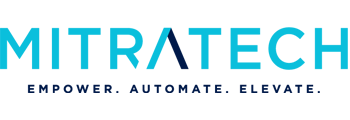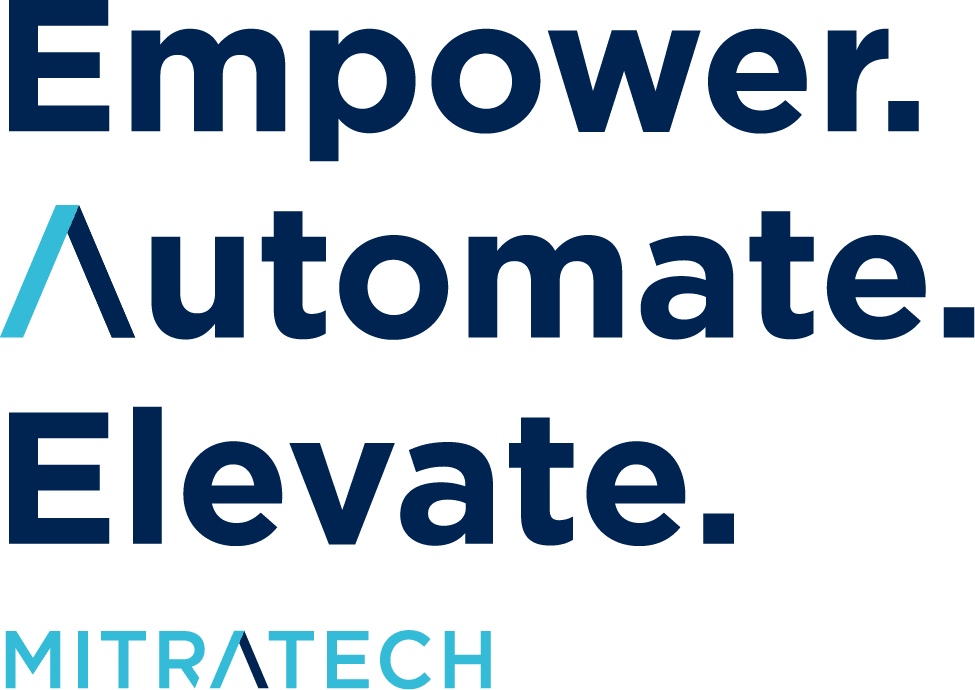Compliance risks are everywhere in 2025. New regulations are emerging, cultural expectations are shifting, and organizations are under more scrutiny than ever before. These pressures make it harder for compliance leaders to keep pace, and even small gaps can create big vulnerabilities.
The good news is that resilience is possible. By approaching compliance through integration rather than fragmentation, organizations can better identify risks, respond quickly, and strengthen trust with employees and stakeholders. Integrated strategies bring policies, training, hotlines, and risk data into one connected view, helping teams respond and anticipate challenges.
This theme was prominent in our recent OCEG webinar. Laura Jacobus, Strategic Advisor for Integrated Risk Management at Mitratech, and Michael Rasmussen, GRC Analyst and Pundit at GRC 20/20 Research, discussed how integrated compliance strategies help organizations stay ahead of today’s top risks while empowering employees and safeguarding culture.
1. Break Down Silos to See the Full Picture
When compliance data is scattered across multiple departments and tools, leaders only see fragments of the truth. Risk, audit, HR, and legal teams often operate in parallel without the ability to connect the dots. This siloed approach makes it harder
to identify root causes, spot trends, or respond quickly when issues arise.
Current Compliance Risks
Many organizations rely on separate systems to manage policies, hotline reports, training completion, and risk assessments. While these systems may function individually, they fail to provide a cohesive view of compliance health. The result is a lack of visibility into patterns, duplicated work across departments, and wasted resources.
“Too often I characterize the compliance world as a Winchester Mystery House… built without a blueprint.”
Why Integration Matters
Integrated compliance connects the pieces into one clear framework. With a single source of truth, leaders can see how issues in one area affect risks in another and act before problems escalate.
Integrated compliance:
- Reveals patterns across policy, training, hotline, and risk data
- Provides visibility that enables proactive action instead of a late reaction
- Creates consistency in how information is shared across teams
- Strengthens collaboration between risk, audit, HR, legal, and compliance
- Reduces wasted effort by eliminating time spent chasing scattered data
2. Build Trust Through a Human-Centric Hotline
A compliance hotline is more than just a reporting tool. It reflects an organization’s culture and signals to employees whether speaking up is safe and valued. Employees hesitate to raise concerns without trust, leaving risks hidden until they escalate.
Current Compliance Risks
Research shows that nearly half of employees who report misconduct experience some form of retaliation. This erodes confidence in the reporting process and discourages future disclosures. Many organizations also struggle with poor communication around how hotline reports are handled, leaving employees uncertain about outcomes. In addition, outdated channels and cultural differences in global workforces may make reporting inconvenient or untrustworthy.
Why Trust Matters
A human-centric hotline not only uncovers issues faster but also signals integrity. It empowers employees to trust the system and helps organizations strengthen their culture of compliance. When employees know their voices will be heard and protected, reporting rates rise and risks surface sooner. Building this trust requires clear, simple policies, mobile-friendly options, and visible executive support.
“Push out examples of why hotlines work, how important they are, how they’re part of your value structure, and get other people talking about them. It can’t just be the compliance or risk person. You must have executives involved in communicating why keeping your values at the forefront is so important.”
3. Reimagine Training to Engage and Protect
When compliance training feels generic, employees struggle to connect with it. Instead of being just another requirement, effective training should equip people to make confident, compliant decisions in their daily roles.
Current Compliance Risks
Traditional training is often too long, one-size-fits-all, and disconnected from real-world responsibilities. Leaders sometimes treat it as a once-a-year exercise, leaving employees unprepared for emerging risks and vulnerable to personal legal or disciplinary consequences.
Why Engagement Matters
Integrated, role-specific training protects employees and strengthens organizational resilience. As Jacobus emphasized, “Employees face personal liability. Organizations have a moral obligation to protect employees, including helping them understand how compliance protects them personally.”
Ways to make training resonate:
- Keep it short and modular so employees can absorb lessons quickly
- Make it role-based to address the risks people face in their daily work
- Vary the format with interactive or creative approaches to avoid fatigue
- Match the tone to the culture so it feels natural and relevant to the organization
By embedding these practices into the rhythm of daily work, compliance training becomes a practical tool that protects employees and strengthens the culture of integrity.
4. Use Connected Data to Drive Improvement
Strong compliance programs run on insight, not instinct. But when information is scattered across policies, hotlines, training systems, and risk tools, it becomes nearly impossible to connect the dots.
Current Compliance Risks
Disconnected systems make it hard to spot patterns between incidents, training gaps, and policy issues. Compliance teams often spend more time chasing down data than analyzing it, leaving little room for strategy. Board reports end up as raw numbers without context, while investigation timelines rarely tie back to program improvements.
As Rasmussen explained, “If data is buried in separate systems, we fail to get the insight we need to manage compliance risk effectively.”
Why Integration Matters
When compliance data is aggregated, leaders can measure progress and demonstrate impact with confidence:
- Unified dashboards bring together training completions, policy attestations, hotline activity, and conflict-of-interest disclosures.
- Timelines link actions to outcomes, making accountability clear.
- Standardized reporting allows programs to deliver insights that resonate with executives.
For a deeper dive into which insights resonate most with leadership, see our handout on 7 Risk-Focused Compliance Metrics for Board Reporting.
“Figure out what makes sense to put in a board presentation. Not just numbers — show impact. Show that your program is alive, not just on paper.”
The Future of Connected Compliance
Compliance in 2025 is no longer about checking the box. It is about embedding integrity, intelligence, and connection into everyday operations. Programs are moving:
- From fragmented to unified ecosystems that connect policy, training, hotlines, risk, and reporting.
- From enforcer to partner, compliance shapes culture and resilience.
- From reactive to proactive, using real-time intelligence to anticipate risks.
Organizations that adopt this approach will find compliance becomes the foundation for integrity-driven growth and stronger values and culture.
Turning Compliance Into a Driver of Resilience
Leaders who invest in integrated programs today are setting the standard for tomorrow. They are creating compliance frameworks that both protect and empower employees while fostering trust and resilience at every level.
To see how this vision comes to life, watch the on-demand webinar “Aligning Risk, Resilience, and Integrity” with Michael Rasmussen, GRC Analyst & Pundit, GRC 20/20 Research, LLC, and Laura Jacobus, Strategic Advisor for Integrated Risk Management at Mitratech.





